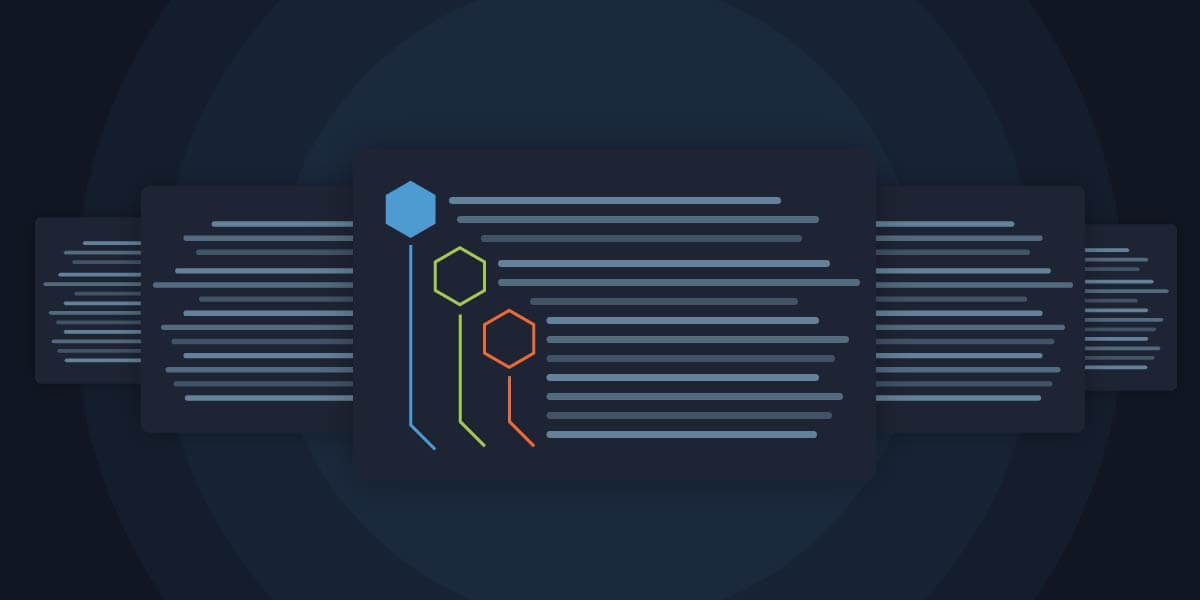Share this

Prior to the emergence of modern, hybrid networks, legacy network management principles such as manual CLI and simple scripting were enough to keep up with business demands for the network. However, consider the fact that in today’s network environment there are more and more network solutions and cloud infrastructure that can be managed through APIs as well as a plethora of IT systems and services that can be integrated using APIs. This method of integration is critical in order to interface with the unique ecosystem of technologies that are involved in an organization’s daily IT operations. This new hybrid world brings forth the need to extend our current view of automation past a simple configuration push.
The reality is that many organizations are still struggling to reconcile the disconnect between traditional network engineering, with deep knowledge of the physical network, primarily managed from the CLI, and the emergence of an API-driven, cloud world that heavily relies on DevOps and agile software development skills. As engineers have started their journey into network automation using Python, Ansible, and other technologies, they tend to focus on basic network operational use cases such as configuration management, software upgrades, device onboarding, or port turn-ups. The problem here is the automation focus is only on the specific execution of the network task, rather than the full change management process. In fact, by only focusing on the individual network change executions, they’re effectively ignoring 80% to 90% of the automation opportunity.
Stop Ignoring 80% of The Process
The reality is that automating the traditional process of network changes will only address between 30 minutes to 2 hours of the overall network change process, which can take weeks and include 10 to 20 hours of manual effort overall. On average, network operators implementing automation only end up addressing between 10% and 20% of the possible work involved and ignoring 80% to 90% of the overall process that they could be automating.
So, what does the ignored 80% of the automatable network processes look like? Beyond execution, organizations are ignoring the opportunity to optimize and automate the entire network change process, from planning and scheduling, to all of the pre and post network health checks, IPAM queries, and change request updates. The resources required and transition time between these various stages requires an extensive amount of “swivel chairing” between systems, dashboards, and consoles, involving various people across the organization that have to manually interact with disparate network management systems. Each of these manual steps has a cost in time, and the potential to create errors in network changes, driving fear and uncertainty in an organization every time a change needs to be made.
To automate the full process of configuration changes, organizations need to broaden the scope of their automation efforts to increase the velocity at which they can make network changes.

Expand Automation Participation
On top of the prescriptive process, network automation is all about the people responsible for building, maintaining, and operating these networks. As networks become increasingly distributed and complex, this means accommodating a wider range of groups and skills, and their respective systems, across an organization to move a change forward. A typical network change process involves preparation and pre-checks all the way through to post-checks can involve groups that span security, network operations, network planning, network engineers, and IT.
With over 10 to 20 people in those groups actively engaged in the change, as well as the five to 10 systems those people need to access to request changes, reserve resources, update network monitoring, etc., it’s critical that organizations move beyond spreadsheets, scripts and point solutions toward a self-service framework that automates all the interactions and handoffs.
Imagine, network tasks and activities that previously required a 60-page step-by-step manual (which detailed what to do, who to contact, and how to handle errors at each stage of a network change) could be replaced by automation.
Automating the Full Configuration Management Process
Automating the full end-to-end process of network management addresses functions such as:
- How to assign human resources at the appropriate time of an operation.
- How to allocate network resources to ensure business applications and services will continue to run.
- How to schedule network changes within appropriate maintenance windows.
- How to complete change requests.
- How to verify that the network is in a proper state to accommodate the change before you run that script.
- How to verify that new network changes are operating as intended and existing network services have not been disrupted.
An end-to-end perspective towards network automation looks past simple network tasks like pushing configurations. Ultimately, this approach needs to traverse all operational silos and integrate with all the necessary external systems and network technologies involved in the entire operational process. This will enable organizations to rapidly automate today’s complex networks that span physical, virtual, and cloud networks.
To learn more about how Itential simplifies and automates configuration, compliance, and remediation for network and cloud infrastructure, check out Itential Configuration Manager application or see it firsthand in this demo.
Article originally published on Network Computing.



![[EMA] The State of Network Automation: Configuration Management Obstacles are Universal](https://www.itential.com/wp-content/uploads/2021/11/Featured-Analyst-Report-EMA-Research-The-State-of-Network-Automation-Configuration-Management-Obstacles-are-Universal-400x200.jpg)

